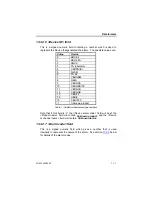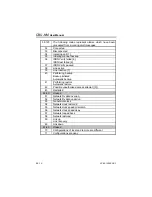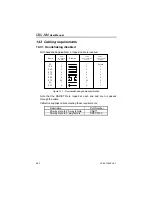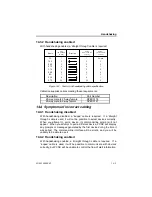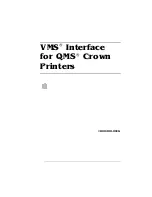
CBU-NM
User Manual
ii
80-60100000-02
14–4
14.5 Additional requirements
Because the PSV does not assert DSR and wait for DTR during an alert
message from the currently polled device, it is important to ensure that
you normally leave your network in a state where no device is polled.
This will allow the handshaking scheme to work properly during bouts of
heavy alarm traffic.
Non-polled devices will be subject to handshaking control arbitrated by
the PSV units in the network. Only the throughput is affected by the
handshaking scheme, not arbitration between alarming devices, except
in the case when a device is polled and PCNC’s receive buffer becomes
full.
In the worst case, if a device is polled, and that device generates many
alert messages rapidly, the receive buffer will overflow, as the PSV
performs no handshaking for the ‘polled’ device. In this case, all other
devices on the network could be excluded from delivering their alert
messages until the polled device slows sufficiently to allow the receive
buffer to have ‘plenty of space’, and engage in a handshaking sequence
with another device.






